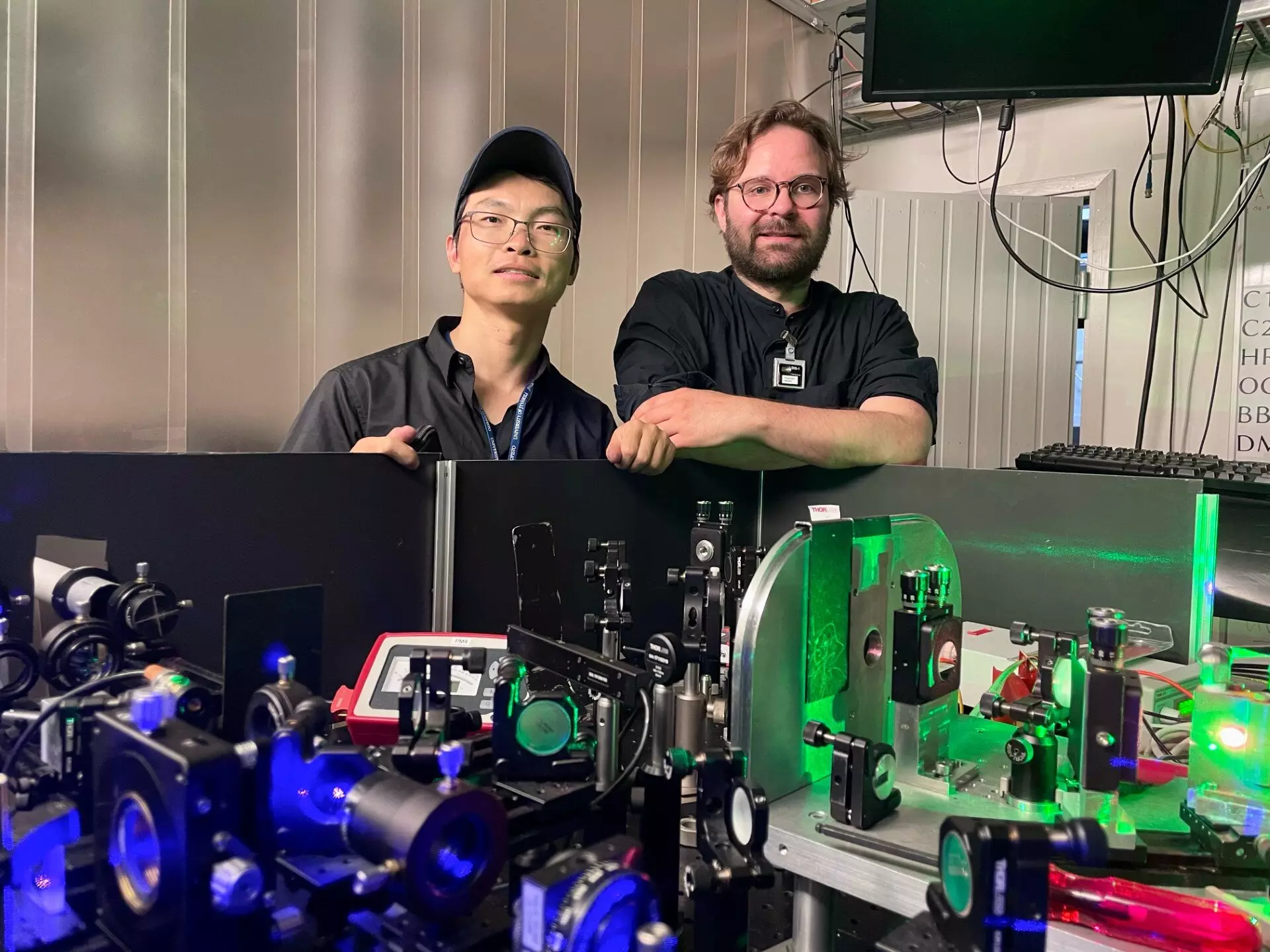The realm of nuclear physics thrives on the exploration of fundamental particles and their interactions. Researchers at the University of Jyväskylä in Finland have ventured into a significant aspect of this field, focusing on the magic neutron number—specifically targeting the silver isotopes around the neutron number 50. This research not only enhances our comprehension of nuclear forces but also progressively refines existing theoretical models that seek to describe atomic nuclei. The discovery of new information about binding energies and shell closures illustrates the intricate dynamics that govern nuclear structure, particularly beneath the well-studied tin-100 nucleus.
Magic numbers in nuclear physics refer to specific numbers of nucleons (protons or neutrons) that result in particularly stable configurations of atomic nuclei. For neutrons, the number 50 has garnered attention as a magic number, indicating a closure in the neutron shell that results in heightened stability. Understanding the characteristics of nuclei with this closure not only highlights basic nuclear principles but also elucidates the implications for nuclear interactions, such as the correlation between proton and neutron behavior.
By honing in on the so-called magic neutron number shell closure in the silver isotope chain, the researchers have identified essential parameters that contribute to the overall stability of these exotic nuclei. The pursuit of understanding how binding energies fluctuate within this context reveals how nuclei evolve, particularly in regions around heavy isotopes, where complex phenomena often emerge.
Techniques Used for Discovery
The recent findings stem from an innovative approach, utilizing a hot-cavity catcher laser ion source married with a Penning trap mass spectrometer. This fusion of technology, particularly through the phase-imaging ion-cyclotron resonance (PI-ICR) technique, provides unprecedented sensitivity when examining the properties of silver isotopes. The advancements not only allowed for measurements of nuclei with extremely low production yields—up to one event every ten minutes—but also enabled groundbreaking precision in mass measurement, achieving an accuracy of about 1 keV/c².
This level of precision is particularly notable considering the challenges associated with measuring exotic isotopes. Previously, such measurements were hindered by factors including insufficient yield and sensitivity. The methodologies deployed in this study exemplify the evolution of experimental techniques that can probe deeper into nuclear properties and interactions than ever before.
Insights into Astrophysical Implications
A notable dimension of this research is its relevance to astrophysics. By obtaining accurate measurements of the mass values for silver isotopes, particularly silver-96, the study contributes vital information that feeds into astrophysical models, including rapid proton-capture processes. The excitation energy of silver-96’s isomer can serve as a benchmark for theories extending beyond ground state observations. Hence, these findings are not confined to theoretical exploration; they hold implications for understanding elemental synthesis processes in stars and other astronomical phenomena.
This excitement underscores the potential multifaceted impact of precise nuclear data application—from refining theoretical predictions to enriching our understanding of the universe’s origins and evolution.
Despite the substantial progress made through this study, challenges remain in modeling the trends of nuclear ground-state properties across the N=50 neutron shell and toward the proton drip line. The research illuminates the complexities inherent in accurately capturing these trends, pointing to areas requiring further investigation.
Academy Research Fellow Zhuang Ge underscores the demand for continuous refinement of nuclear force models. As researchers seek to validate and extrapolate theories concerning ground-state properties along the N=Z line, ongoing studies inspired by this work will hopefully bring forth new insights, driving the nuclear physics community toward more robust theoretical frameworks.
The efforts of the University of Jyväskylä research team represent a significant advancement in our understanding of nuclear structures and their implications for broader scientific fields. By unraveling the complexities of the silver isotopes related to the magic neutron number 50, they have laid crucial groundwork for future explorations that may redefine key principles in nuclear physics and astrophysics. These findings not only benchmark current models but also challenge us to rethink existing paradigms regarding nuclear interactions, ultimately leading to a better understanding of the fundamental constituents of matter that shape our universe.

